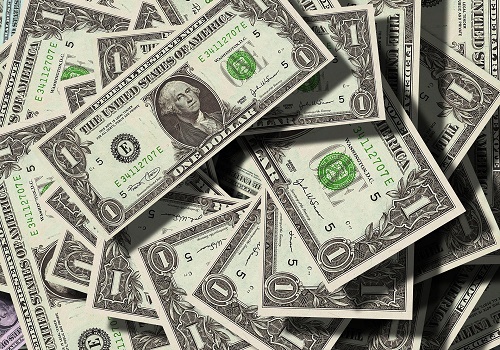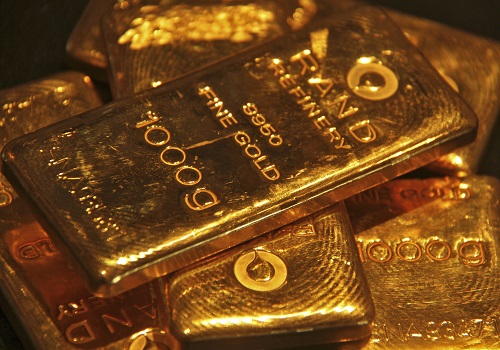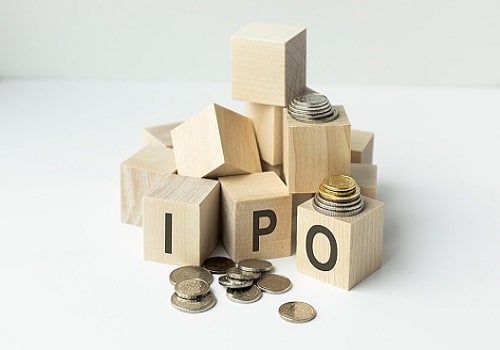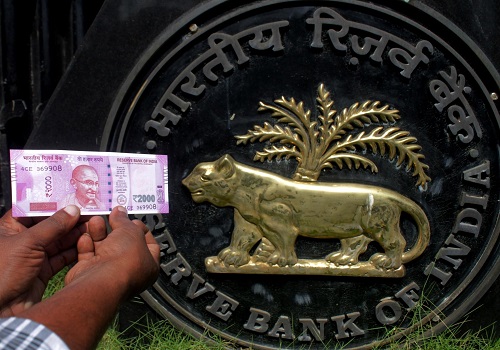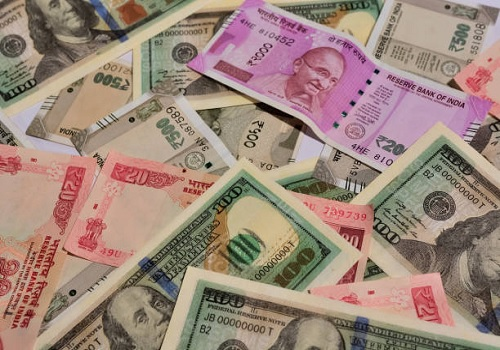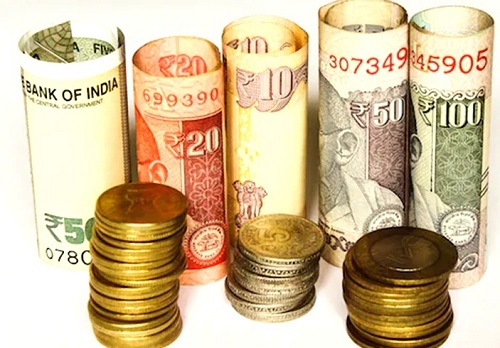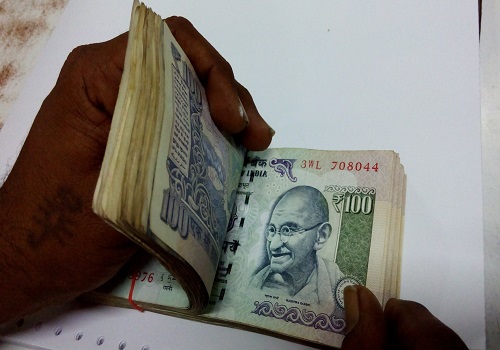Rupee edges higher after RBI hikes rate, stays firm on inflation
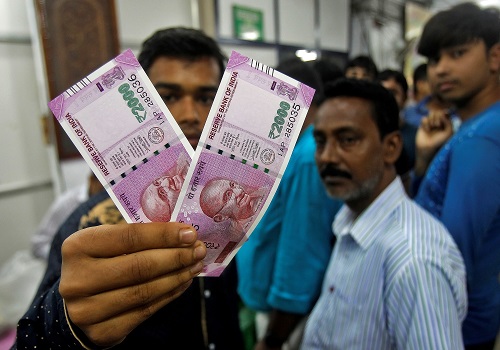
Follow us Now on Telegram ! Get daily 10 - 12 important updates on Business, Finance and Investment. Join our Telegram Channel
The Indian rupee closed slightly higher against the U.S. dollar on Wednesday, snapping a three-day losing streak, as the Reserve Bank of India raised interest rates and took a hawkish stance in its fight against inflation.
The partially convertible rupee ended at 82.47 per dollar versus its previous close of 82.6150. The currency had lost 1.7% in the past three sessions.
The RBI raised the key repo rate by 35 basis points (bps) to 6.25%, as widely expected, in its fifth straight increase, and vowed there will be no let up in its fight to tame high inflation.
Not only did the monetary policy committee retain its hawkish stance of "withdrawal of accommodation", it also hinted at further tightening when it said further calibrated monetary policy action is warranted, said Pranjul Bhandari, chief India and Indonesia economist at HSBC.
"We believe stability of the rupee will be in focus in 2023, and the RBI could potentially take a wide variety of steps, including monetary policy ones, if the rupee comes under pressure."
With inflation trending higher than RBI's target of 4%-6%, we expect a 25 bps rate hike in February 2023, Bhandari added.
The rupee is down around 11% this year against the dollar, largely in line with its emerging market peers.
However, its sudden decline over the past three days from 81.30 per dollar-levels to 82.50 has raised some concerns, with traders expecting a further decline and subsequent RBI intervention.
"The RBI's continued emphasis on the factors that lend support to the rupee signals its preference for a stable rupee going forward, implying intervention on both sides of the market to keep it range-bound into 2023," economists at HDFC Bank wrote in a note.
Markets now look ahead to domestic inflation data and the U.S. Federal Reserve meeting, both due next week, to gauge the currency's direction.












 320-x-100_uti_gold.jpg" alt="Advertisement">
320-x-100_uti_gold.jpg" alt="Advertisement">


